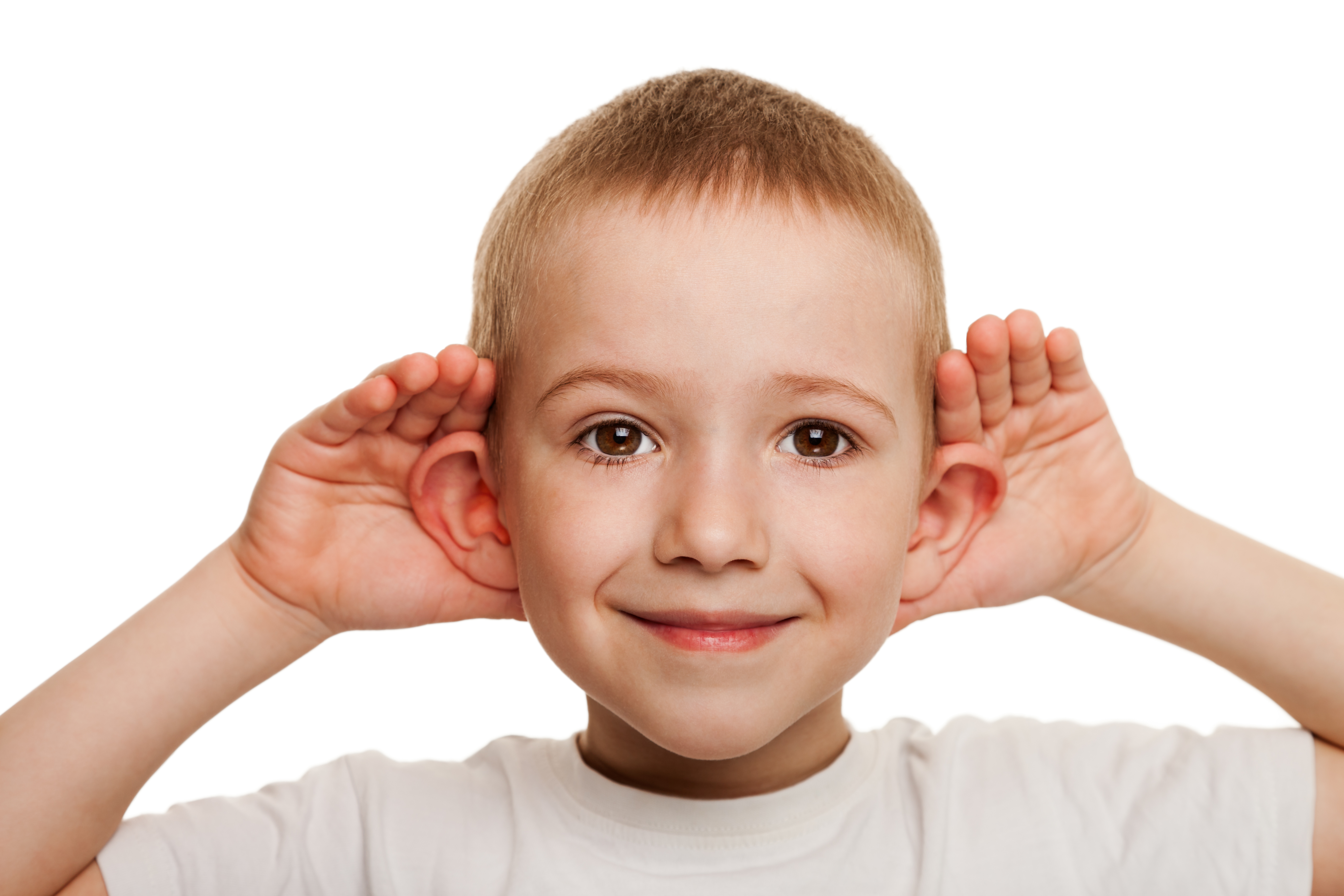Did you know that the #1 reason why parents take their children to the pediatrician’s office is to investigate an earache? Many of these visits result in a diagnosis of Otitis Media. In the past 20 years the number of office visits for Otitis Media has increased by 150%; that’s nearly 24.5 million doctor visits. And the leading age group of Otitis Media (OM) sufferers is children under the age of two. So, if you are the parent of an infant or toddler, it is important that you educate yourself about this condition
What is Otitis Media?
Otitis Media (OM) is the general name for several conditions that can effect the middle ear. This includes inflammation of the middle ear, ranging from acute to chronic. Outward symptoms may be present, but not always. For example, Acute Otitis Media (AOM) is characterized by symptoms of pain and fever. However, Otitis Media with Effusion (OME) may or may not produce visible symptoms. “Effusion” simply means that there is fluid in the middle ear.
What are the Symptoms?
The most obvious symptoms of OM is earache and the feeling of pressure and blockage in the ear. If there is fluid in the middle ear, there may be a temporary loss of hearing. Due to their age, children may not be able to verbally describe what they are feeling. However, you may notice them rubbing or tugging on the affected ear. Of course, this may be accompanied by frequent crying.
Often parents are quick to assume that these symptoms point to an ear infection. However, teething often produces similar symptoms, and even physicians may jump to the conclusion that OM is the cause. But, before you overreact, closely observe your child’s symptoms and, of course, don’t delay seeking qualified care.
Are Some Children at Higher Risk?
Yes, some children are at higher risk, and this could include yours. The Clinical Practice Guidelines, which have been established by the U.S. Government to give standard procedures for common ailments, concluded that bottle-feeling, secondhand smoke, and childcare facilities can expose your child to a higher risk of OM with effusion. Other factors that may contribute are allergies and sensitivities to airborne substances. Even certain foods, such as dairy products, wheat, soy, corn, and peanuts may put your child at risk.
What Does the American Academy of Pediatrics Recommend?
Recently, the AAP released new guidelines for the treatment of OM, stating that every course of antibiotics given to a child can make future infections more difficult to treat. The bacteria begin to develop a resistance to the treatment, which results in the use of a larger (and typically more expensive) range of antibiotics. Additionally, the benefits of the treatment are small and must be weighed against the potential harm caused by this particular form of therapy.
Does Drug Therapy Work?
The purpose of antibiotics in treating ear problems in children is unclear. Pediatrician Dr. J. Owen Hendley, from the University of Virginia reviewed 100 studies on the effects of antibiotics in the treatment of Acute Otitis Media (AOM) and concluded that antibiotics help just one out of every eight children treated.
Studies published in the British Medical Journal and the New England Journal of Medicine have proven that drugs only have a slight advantage over the body’s own immune system. When comparing immediate use verses delayed use of antibiotics, it was found that the benefit with immediate antibiotics is marginal at best. In fact, the percentage of children whose ear infections were resolved in a week with antibiotics was only slightly higher than those whose ear infections were resolved in the same amount of time taking nothing more than a placebo.
The truth is that there is poor evidence to support the use of antibiotics to treat AOM, especially for children less than two years of age. Drug therapy may not eliminate the fluid present in the ear, and the drugs may cause side effects such as diarrhea, gastric intestinal disturbances, nausea, and vomiting. With this in mind, it’s important to note that in approximately 60% of affected children, middle ear fluid simply goes away without treatment in three months
What about Tympanostomy Tubes?
You may have heard a tragic story from a friend who treated their child by surgically implanting Tympanostomy Tubes. These drainage tubes are specially fitted manmade devices and should be considered a last resort. Specific requirements are necessary to even consider a child as a tube candidate. These include the presence of fluid in the middle ear and a loss of hearing in both ears for a period of 4-6 months. In other words, your child must have a very severe and chronic case of OM to be considered for Tympanostomy Tubes. Even then, the risks of anesthesia, repeated surgery to correct displaced tubes, and eardrum scarring must carefully be considered.
A Common Sense Approach to Otitis Media
Before you begin a regimen of drug therapy for your child, you should carefully consider Chiropractic care. Here’s why. A recent study was published in the Journal of Clinical Chiropractic Pediatrics regarding the role of Chiropractic care for children with OM. The results were very interesting: of the 332 children that participated, the study revealed that OM was resolved in an average of only 4 visits in acute cases and an average of only 5 visits in chronic cases. This data suggests the possibility that Chiropractic care may be more effective than drug therapy in addressing your child’s health.
Misalignment of the spinal bones can cause undue pulling on the child’s neck muscles creating tension to their eustachian tubes. The subsequent dysfunction of these tubes to drain lymphatic fluid causes an increased risk of infection. The chiropractic adjustment aims to reduce the tension of misalignments all throughout the body – restoring normal physiology. In an article in Pathways to Family Wellness Magazine, “Chiropractic and Ear Infections: What We Offer Makes a Difference”, the author explains, the purpose of chiropractic care is not the treatment of conditions or diseases, rather, it is the restoration of normal body function. Chiropractors work with the nervous system via gentle spinal adjustments to reduce stress related interfaces to the nervous system thereby enhancing overall body function. All systems of the body – muscular, glandular, respiratory, circulatory, digestive, eliminatory, hormonal, and immunological – depend on the optimal functioning of the nervous system. With chiropractic, we focus on improving the nervous system to enhance all the body’s systems.
Chiropractic adjustments do not treat the symptom or infection. They do not suppress or mask the symptom, but instead they allow the body to regain its natural state of function and health. Infections indicate an overloaded immune system. The best course of action is to support the body in regaining its balanced immune system. Treating the ear infection with antibiotics causes an additional overload to the immune system and can actually create greater havoc, leading to the susceptibility of repeated ear infections.
The science of physiology has made clear that the body is an intricate ecosystem. A vigorous disruption to any of the body’s systems cannot support long-lasting health, nor does it honor the balance of health within. Chiropractic care is all about the restoration of normal physiological balance. With this balance a child’s immune system will function more efficiently.
While you follow the evidence based recommendations to “watch and wait” follow the scientific recommendations set by normal physiology and support your child’s immunity with safe, gentle, and effective chiropractic adjustments.
To learn more holistic approaches to ear infections visit:
http://pathwaystofamilywellness.org/Holistic-Healthcare/holistic-care-of-middle-ear-problems-in-children.html



 She’s a Mom, has Doctorate in Chiropractic and loves helping people move from pain back to a healthy and active lifestyle.
She’s a Mom, has Doctorate in Chiropractic and loves helping people move from pain back to a healthy and active lifestyle.